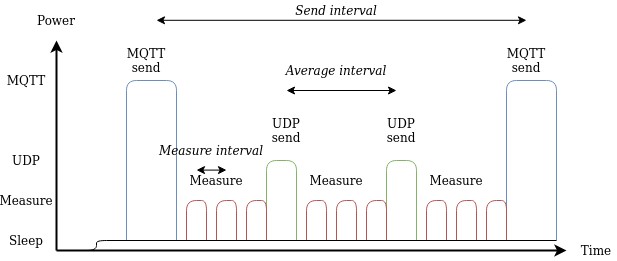Smart device needs smart connectivity

Project RAM-1 came to a point where 2G communication protocol is not sufficient anymore for the needs of device’s functionalities. Decision was made to upgrade the hardware to support NB-IoT and LTE-M1 mobile network connectivity. This consists of the modem on the device itself and a SIM card specifying the relationship with the mobile carrier.
Device communication is enabled in two modes: MQTT (primary) and UDP (secondary) to achieve overall optimal solution.
Primary communication (MQTT) serves to exchange data with AWS IoT core and the device. This is executed every Send interval for the device to exchange a full log of information with the server, receive settings and perform operations. A brief abstract of what information is exchanged:
- Measurement of the leakage current,
- All measurements with historical values,
- RAW waveform captures (if enabled),
- Device settings,
- Connection diagnostic data,
- Firmware upgrade can be requested.
Secondary communication available if mobile network supports the low-power PSM mode (most network should) and operates such that it sends a single UDP packet every at the end of every Average interval. Values contained are only those of the average interval. If the packet is lost or missing, this information is again contained in the MQTT history data set anyhow.
